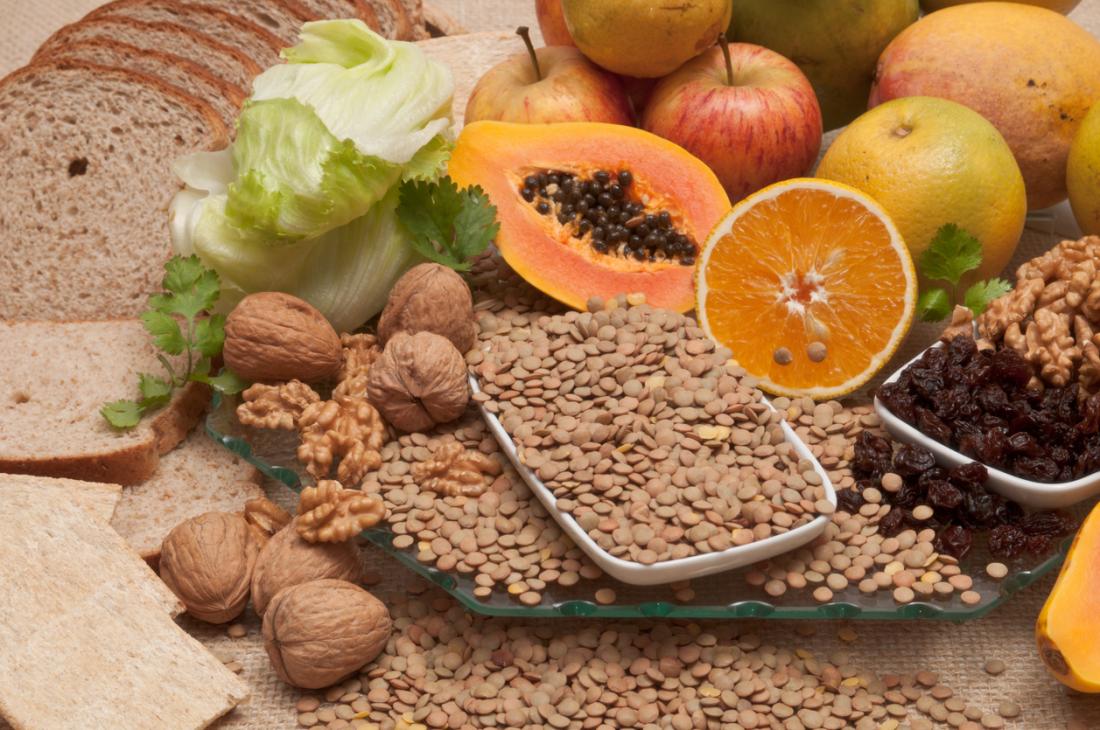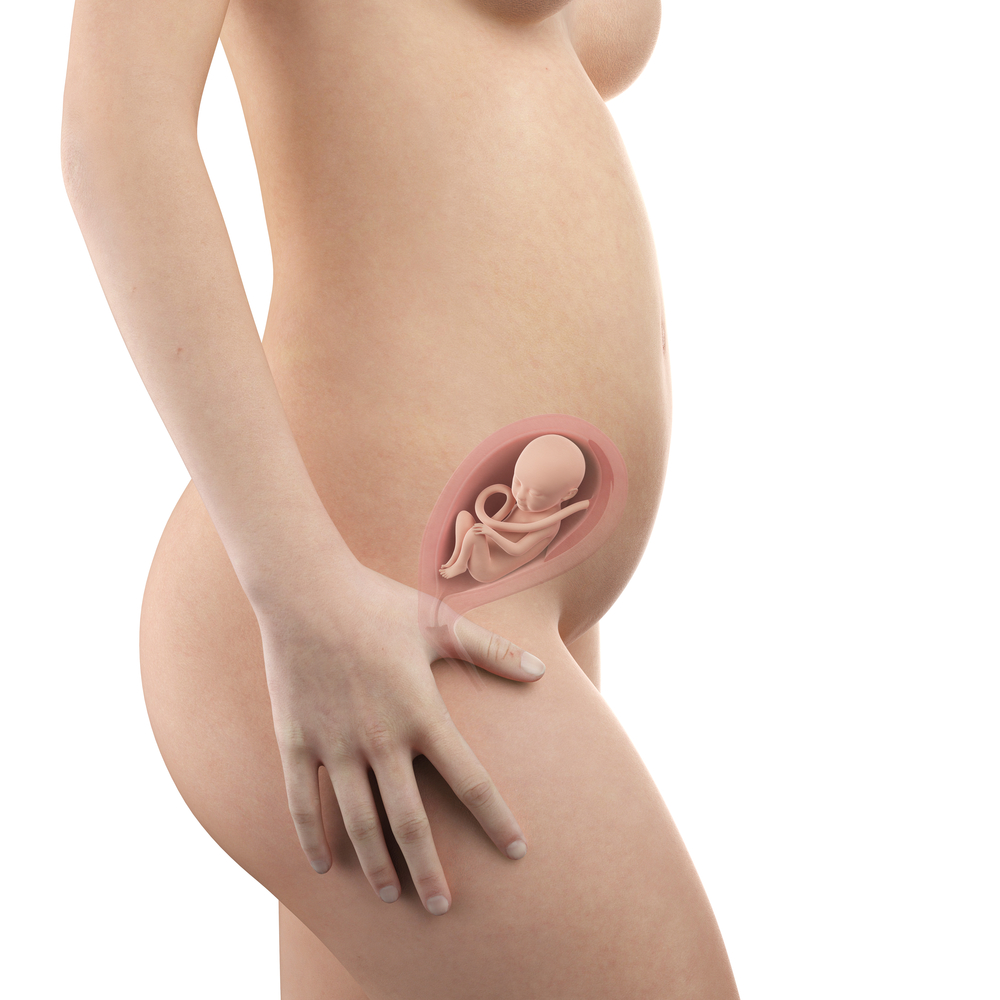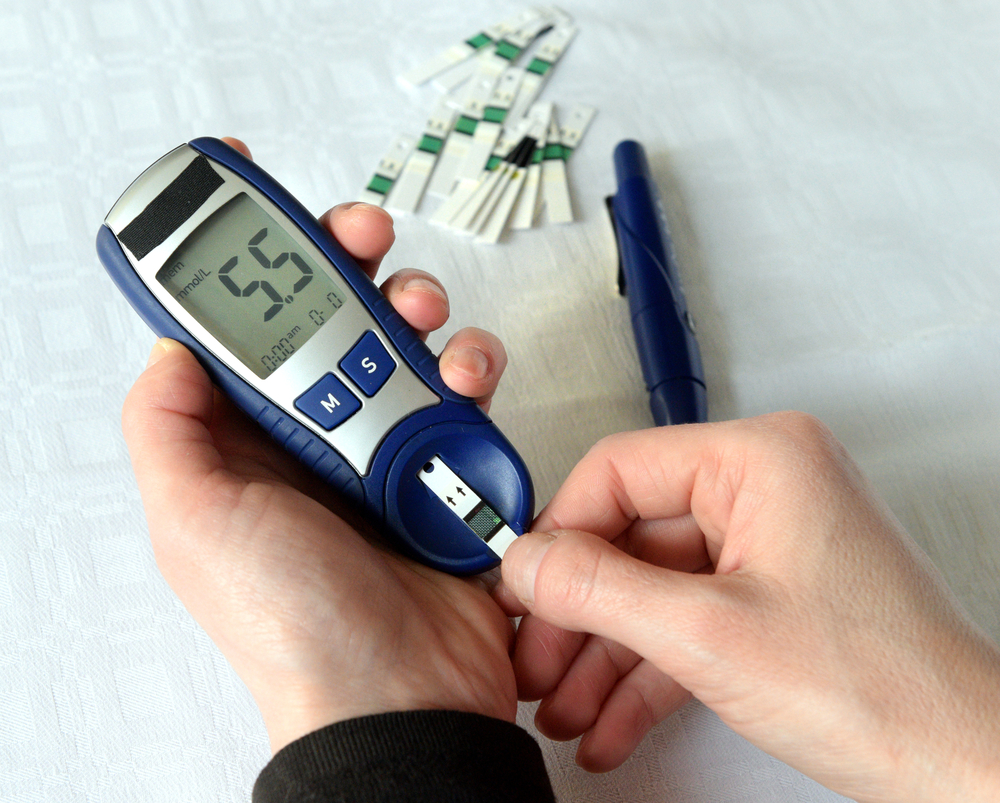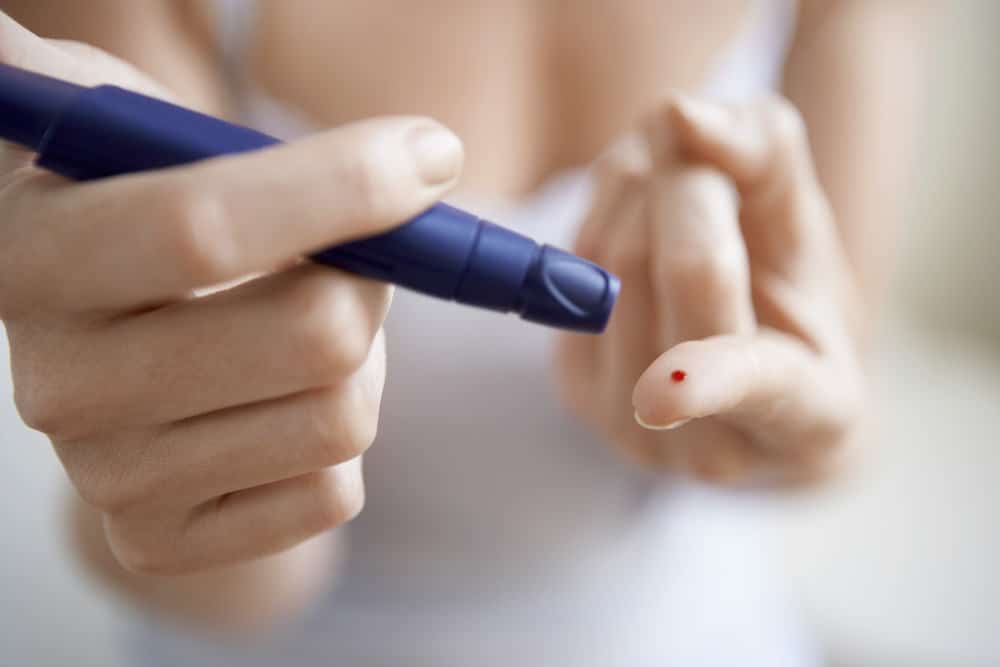Contents:
- Medical Video: How To Reduce High Blood Pressure Naturally | How To Prevent High Blood Pressure Naturally
- The importance of ensuring food for hypertension is always high in fiber
- Tips to meet daily fiber needs
- Various of the best food sources to reduce high blood pressure
Medical Video: How To Reduce High Blood Pressure Naturally | How To Prevent High Blood Pressure Naturally
Hypertension should not be underestimated. By treating and implementing a healthy lifestyle, blood pressure can be maintained within normal limits to prevent complications of hypertension. One way you can do this is to make sure your daily fiber intake is fulfilled. How do you design food choices for high-fiber hypertension?
The importance of ensuring food for hypertension is always high in fiber
In addition to taking hypertension drugs that doctors have prescribed, food also plays an important role in controlling high blood pressure. One food intake for hypertension that must always be fulfilled is fiber.
A number of studies published in the Journal of Hypertension found that high fiber intake was associated with a significant decrease in systolic and diastolic blood pressure rates for people with hypertension.
Diastolic blood pressure is the number below in blood pressure reading. Although the upper number (systolic) is more important than the bottom number, but both still affect heart health. Not only that, experts also mentioned that a decrease in systolic and diastolic blood pressure was also seen in people who did not have high blood pressure.
Researchers note that 8 weeks of increased fiber consumption may be needed before blood pressure can decline.
Tips to meet daily fiber needs
Although many Indonesians eat too much portion every day, most consume too little fiber. The guidelines suggest that we should consume at least 25 grams of fiber every day, while most people only get less than 12 grams of fiber per day.
As we get older, some people find that foods high in fiber cause bloating and a stomach full of gas. Consuming it little by little gradually will help your body to better adjust to fiber.
Try to add 1-2 extra fruits or vegetables to your daily intake, and then keep them for a few days, then increase them gradually. In addition, it is very important to increase fluid intake when you add more fiber. You must get at least 8 glasses of liquid per day. A high fiber diet without lots of fluids will still make you constipated.
If you have any disease that requires fluid restriction, consult a doctor and dietitian before making changes in the diet for hypertension, both in terms of the amount of fluid and in the amount of fiber.
Various of the best food sources to reduce high blood pressure
In addition to fiber, it is important for you to meet balanced nutritional needs in every food you consume daily. Here are some foods for hypertension that are not rich in fiber, but also other nutrients that are equally important to help reduce high blood pressure:
- Green vegetable. Spinach, mustard greens, broccoli, and other green vegetables contain high potassium which is good for balancing sodium levels in the body.
- Banana. High potassium content in bananas can also help balance sodium levels in the body of people who have hypertension. You can eat bananas directly or also as processed into complementary foods.
- Potato. This vegetable besides high fiber is also rich in magnesium and potassium. Make sure if you don't add salt when processing potatoes because adding salt will make the potato a high-salt food, which actually increases your blood pressure.
- Oat. Oats are staple foods that are high in fiber. Not only that, other wheat products and brown rice are also known as high-fiber foods that can help control your blood pressure.
- Beetroot Some studies have shown that drinking beet juice regularly can reduce high blood pressure. This is because beets contain nitrates which can help lower blood pressure.












